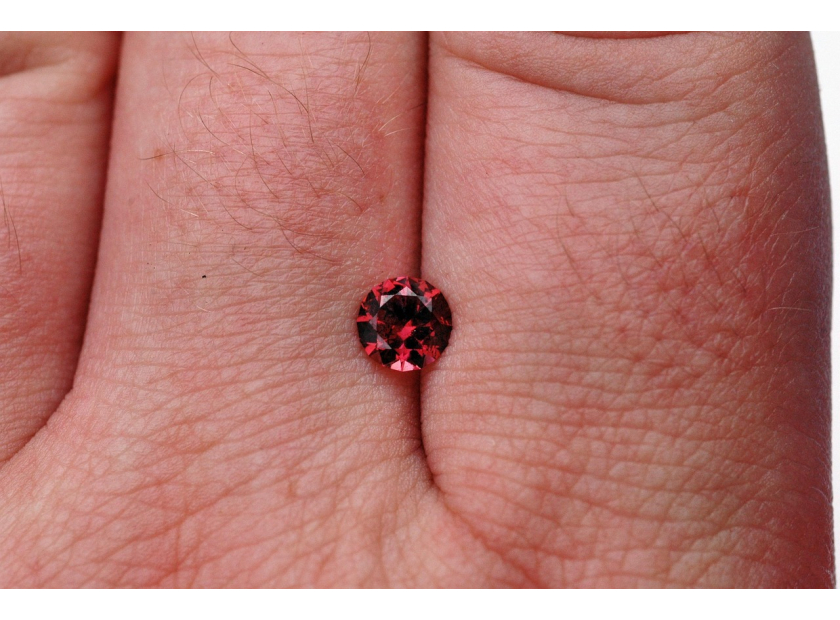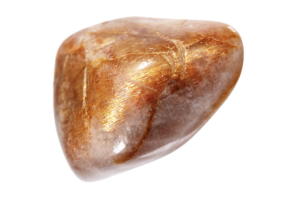USD
/
USD
/
Shipping to:
Currency:
Garnet: Unveiling the Deep Allure of January’s Timeless Birthstone
Garnet: The Deep, Radiant Birthstone of January
January is a time of fresh beginnings and crisp winter air—and its birthstone, garnet, captures that spirit with bold beauty. Known for its rich, deep colors, garnet reflects the warmth of a crackling fire or the glow of a glass of red wine. But this stone is more than just eye-catching—it’s packed with history, symbolism, and significance. Whether you're a January baby or simply drawn to its charm, garnet is a gem worth celebrating.
Where Garnet Comes From
The name “garnet” comes from the Latin word granatum, which means pomegranate. The gem’s deep red color resembles the fruit’s juicy seeds. Garnet is a silicate mineral found all over the world—in countries like India, Sri Lanka, Madagascar, Brazil, Russia, Kenya, and even the United States. Its global presence has made it a favorite throughout history, from ancient Egypt to the Victorian era.
Garnets form under high pressure and temperature deep within the Earth, often near metamorphic rocks. The unique mix of minerals in each location results in a surprising variety of colors and characteristics—making no two garnets exactly alike.
Garnet in History and Legend
For thousands of years, garnet has been surrounded by legend and lore. Ancient Egyptians used garnet in amulets and jewelry, believing it protected the wearer in this life and the next. In Rome, signet rings set with garnet were used to seal documents with wax—practical, yet symbolic of status and loyalty.
During the Middle Ages, knights wore garnets as protection in battle, while travelers carried them to guard against accidents. Folklore says that Noah used a garnet lantern to steer the ark safely through the flood. In many cultures, garnet is seen as a symbol of friendship, love, and trust, often exchanged between loved ones before long journeys.
A Rainbow of Garnet Colors
Most people think of garnet as deep red—and that’s the most popular shade—but this gemstone actually comes in a wide range of colors. Each color comes from slight variations in its chemical makeup.
- Red: The most common color, seen in almandine and pyrope varieties.
- Green: Rare and stunning, especially in tsavorite and demantoid garnets.
- Orange: Found in spessartine garnets—bright, cheerful, and bold.
- Yellow and Brown: Earthy tones that are subtle but beautiful.
- Pink and Purple: Delicate and romantic, though less common.
Some garnets even display color-changing properties, shifting from green in daylight to red under artificial light—a trait that makes them especially collectible.
The Garnet Family: Types to Know
Garnet isn’t just one gemstone—it’s a group of minerals that share similar structures but have different colors and properties. Here are a few standout types:
- Almandine: Deep red to reddish-brown; the most common garnet, known for its rich tone.
- Pyrope: A bright, ruby-like red; smaller in size but intense in color.
- Spessartine: Orange to yellow-orange; vibrant and uncommon.
- Grossular: Ranges from golden brown to green; includes tsavorite, a striking green variety.
- Andradite: Includes demantoid, a rare green garnet with brilliance similar to diamond.
- Uvarovite: Bright emerald-green; typically found in crystal clusters rather than cut stones.
Symbolism and Healing Properties
Throughout history, garnet has symbolized protection, strength, and passion. In modern metaphysical circles, it’s believed to have powerful energy associated with grounding, motivation, and emotional healing.
Some of the qualities garnet is thought to enhance include:
- Confidence and creativity
- Vitality and endurance
- Love and loyalty
- Positive energy and courage
- Stabilized emotions during times of change
If you're curious about where these gems come from, check out how gemstones and diamonds are formed to learn more about their origins deep within the Earth.
Garnet in Jewelry
Garnet is a jeweler’s dream. It’s durable (ranking 6.5 to 7.5 on the Mohs hardness scale), available in many colors, and often more affordable than other gems like ruby or sapphire. It looks stunning in rings, earrings, necklaces, and bracelets.
Its deep red shade pairs beautifully with yellow gold for a warm look, while silver or white gold brings out cooler tones. Garnet also works well in vintage and bohemian-inspired pieces, as well as sleek, modern designs.
If you’re building a bridal set, garnet adds rich contrast to diamonds and blends beautifully with diamond wedding bands or colored stone accents. And if you’re looking for a non-traditional engagement piece, check out unique engagement ring styles that make garnet the centerpiece.
Caring for Garnet
While garnet is fairly tough, it still needs proper care to stay brilliant over time.
- Clean garnet jewelry using warm water, mild soap, and a soft brush.
- Avoid harsh chemicals and ultrasonic cleaners.
- Store garnet separately from harder gemstones like diamonds to prevent scratches.
- Remove jewelry before doing heavy lifting, housework, or sports.
For something special that shows off garnet’s beauty and makes a perfect gift, check out gemstone rings in various styles and settings.
Why Garnet Makes a Perfect Gift
Whether you’re shopping for a January birthday or looking for a meaningful piece, garnet is a thoughtful choice. It combines beauty with tradition, offers variety in color and price, and suits all genders and styles.
You can also find garnet in fashion-forward settings, raw stone designs, or minimalist pieces that highlight the gem’s natural color. For more inspiration, check out gemstone engagement rings that feature garnet alongside other striking stones.
Final Thoughts
Garnet is more than just January’s birthstone—it’s a gem full of character, history, and warmth. Whether you love its deep red hue, appreciate its symbolism, or are drawn to its wide variety of colors, there’s a garnet out there that speaks to you.
It’s a stone for new beginnings, for protection, and for passion. As the new year begins, let garnet be a reminder of your strength, your journey, and your unique spark.








